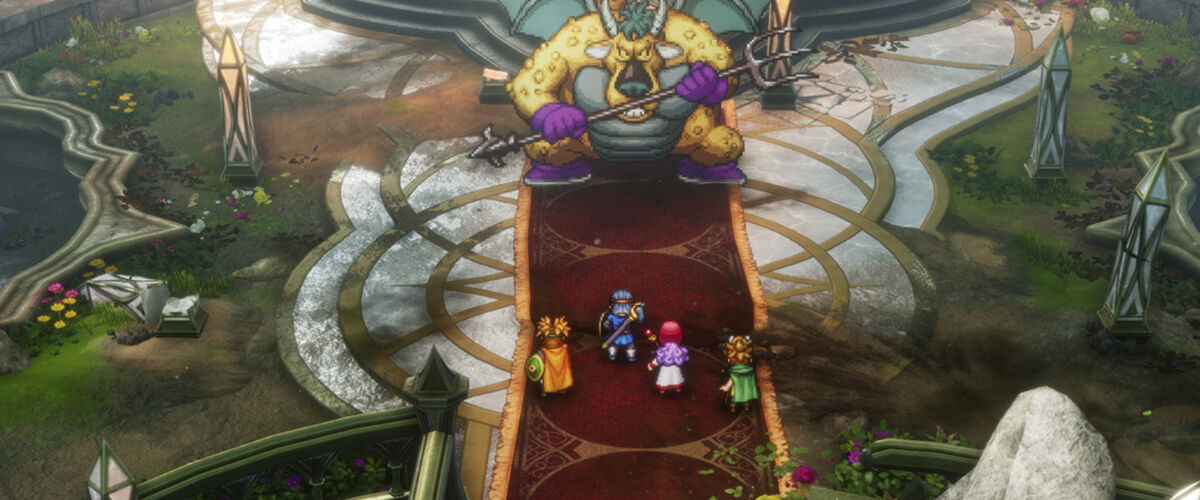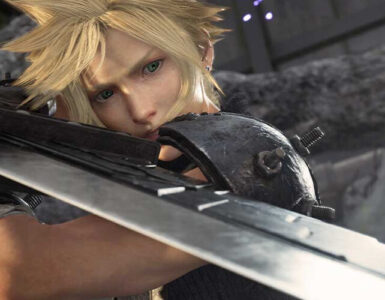The interview has been edited for clarity.
Nostalgia is a powerful tool, but not everything ages well with time. As gaming preferences and trends evolve over the years, modernising a classic video game presents its fair share of challenges, from updating visuals to introducing more accessible elements. The main conundrum, however, has always been in adapting the source material – how much should be changed, and what are the driving factors behind that?
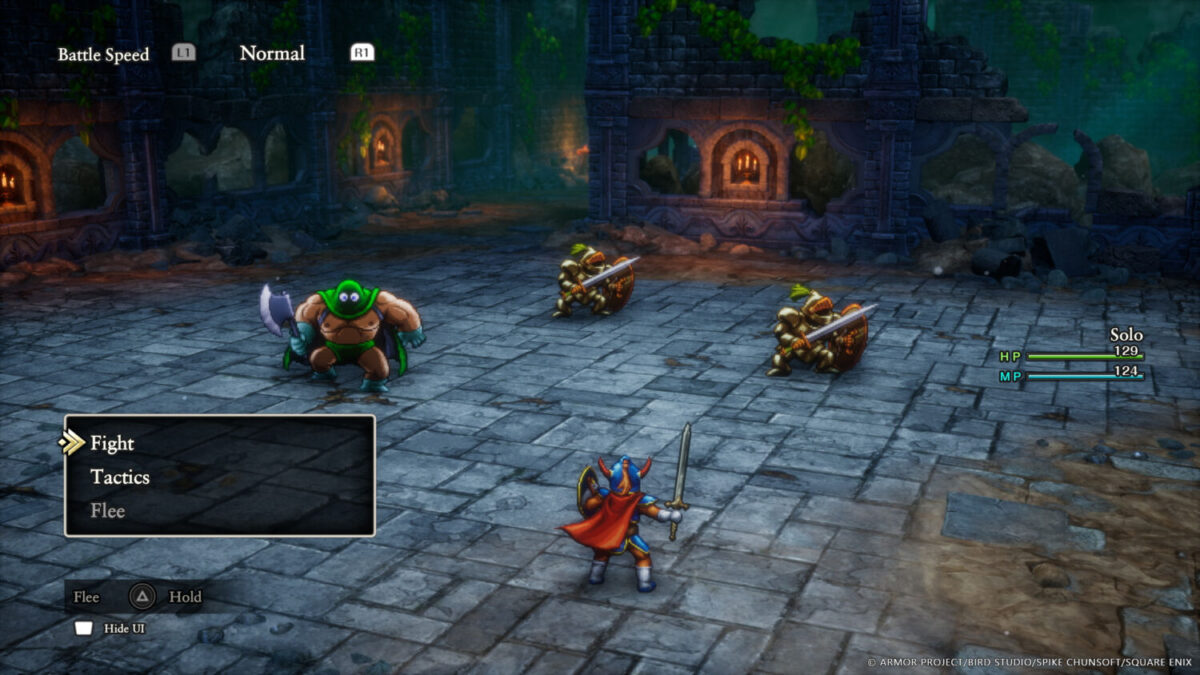
Square Enix hit the sweet spot with Dragon Quest III HD-2D Remake, which introduced the company’s HD-2D aesthetic and added fresh features, including a new vocation, without departing from the major story beats. In a similar vein, Dragon Quest I & II HD-2D Remake is poised to offer a similar blend of familiarity and novelty, albeit with a larger scope of changes, primarily in terms of the content volume.
Keep the pitchforks down, though, as it’s an approach designed to benefit old-timers, too. Citing the compressed narrative elements in the original, producer Maasaki Hayasaka emphasises that the tweaks serve to complement, not replace, existing elements, describing the overall approach as “chang[ing] boldly from the original game without altering its core.”
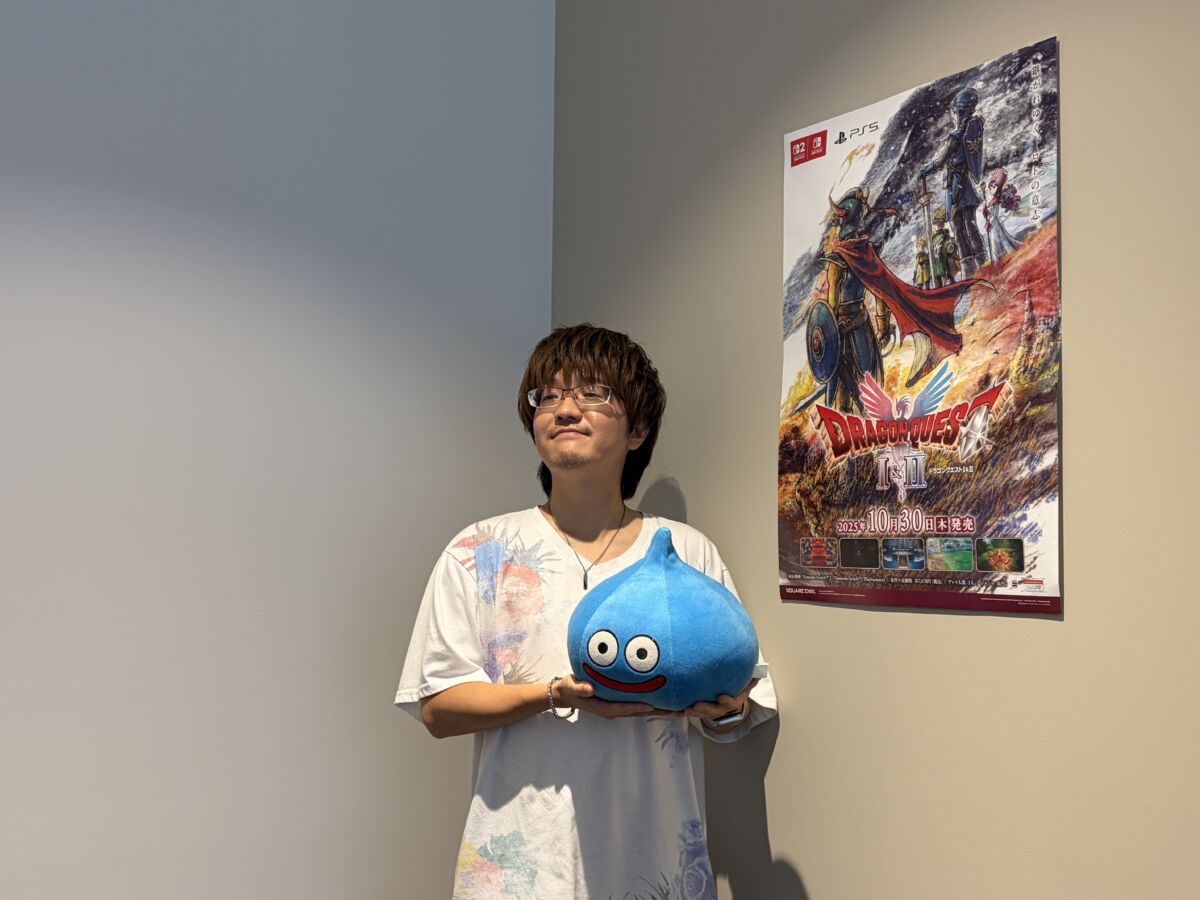
“We did see some concerns from existing fans during development, saying, ‘Oh, what if it stays this way for the remake?’, and we also thought that these same thoughts about content volume would also apply for new players more accustomed to playing more in-depth modern games,” he reveals to Geek Culture and other Southeast Asian media ahead of Tokyo Game Show 2025.
“To meet the expectations of both groups, we felt it was crucial, this time around, to not only make substantial changes, but also focus on increasing the content volume to suffice as a modern game.”
The result was something unexpected, as “It turns out that when we finally unveiled the game, it ended up being many more volumes than DQ III [HD-2D Remake], so that was quite funny.”
The first sign of deviation appears as the Princess of Cannock, who, despite being a descendant of the legendary Erdrick, vanquisher of the Land of the Underworld in Dragon Quest I to III lore, doesn’t embark on the quest to defeat Hargon in the second title due to her young age. Here, she joins the other Scions of Erdrick as a playable party member, dishing out hurt with spells like Frizz, which casts a magic fireball to singe one enemy, and Crackle, ripping into a group of enemies with sharp icicles, or physical damage.
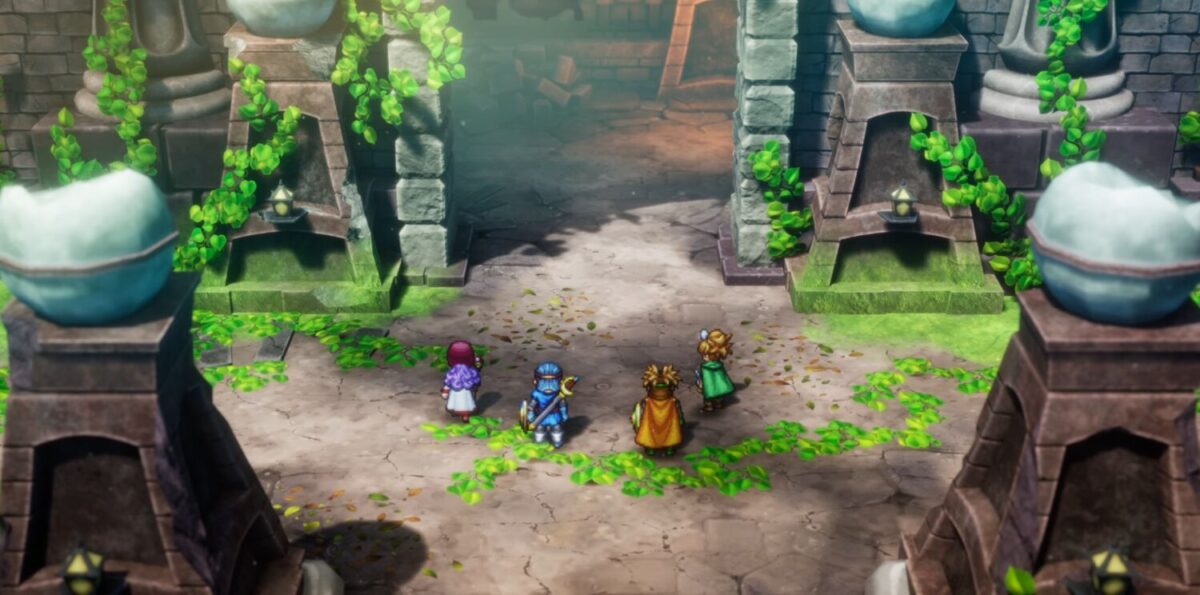
This addition of a new role comes after its predecessor introduced the Monster Wrangler into its vocation roster, with their design modelled after that of Dragon Quest X, and the ability to turn defeated monsters in battles into allies serving as compensation for their shortcoming. To that end, Dragon Quest I & II HD-2D Remake considered two factors – the character’s significance to the narrative, and their relationship with Erdrick, referring to the second-gen successor Alefgard, who earned the same title as his forebear.
“We always wanted to implement something new, whether it’s a job or a new character, and this time, we were thinking, who or what can we add?” shares Hayasaka. “We discussed with Horii-san (franchise creator Yuji Horii) [that] it has to be someone who’s going to add a lot to the synopsis and also has no relation to Erdrick, so we settled on the Princess of Cannock.”
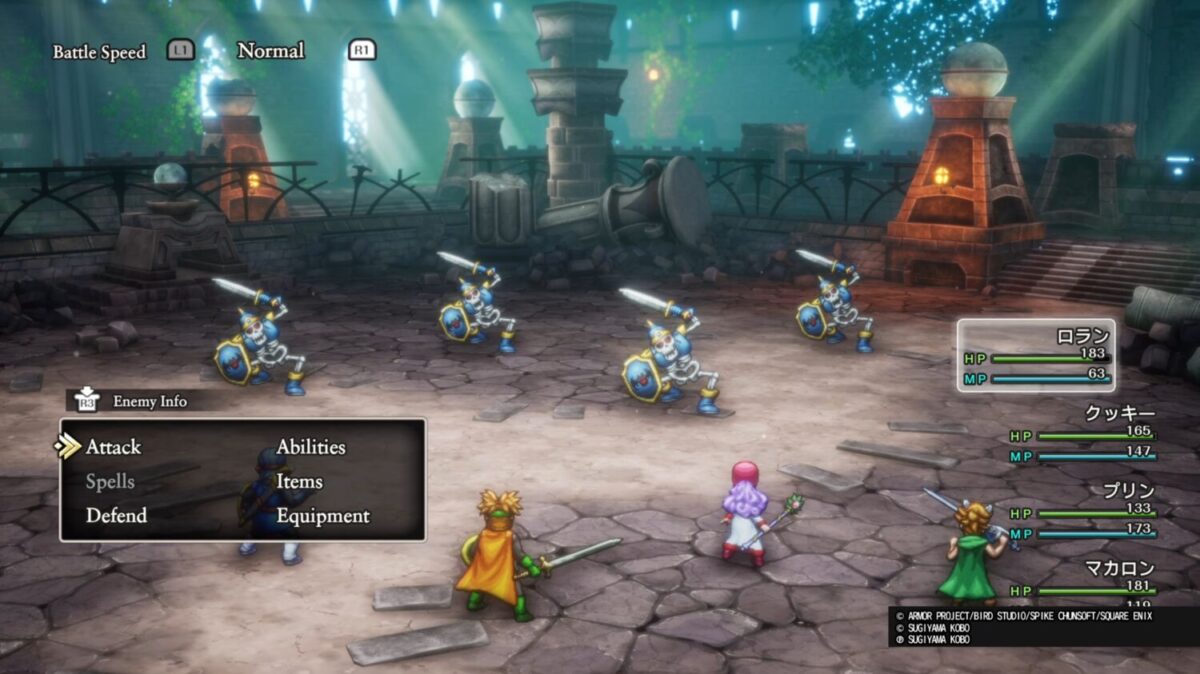
According to the producer, consulting the industry veteran was a major part of the development process to ensure that the remake would be “in very close alignment” with the source material. In addition to proposing all of the scenario plots to Horii, he was also invited to play at various stages, focusing on atmosphere building and pacing, and his feedback would later be incorporated into the forthcoming entry.
The team must have done something right, because it’s almost like the spirit of the original never left. In a one-and-a-half-hour hands-on preview held separately from the interview, much of its classic stylings remain unchanged, starting with the traditional turn-based combat and menu navigation. Unlike modern titles, Dragon Quest I & II HD-2D Remake embraces the old-school way of accessing inventory, the map, and other controls like party setup through nested menus instead of a shortcut button, alongside random enemy encounters that spawn along the way.
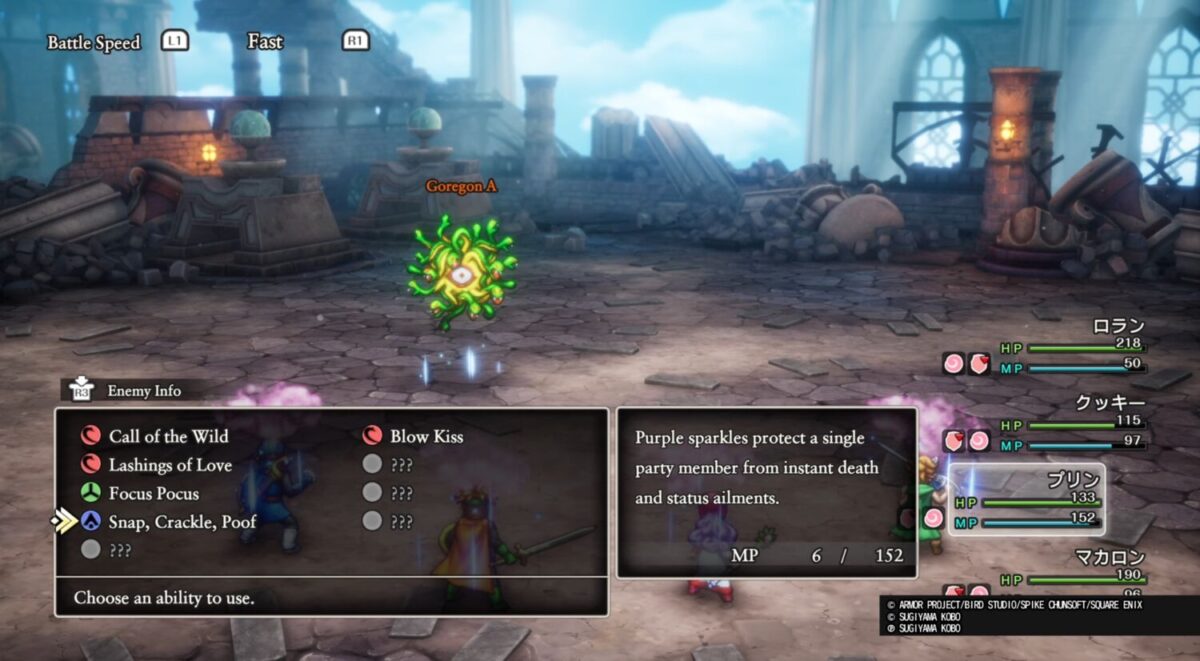
In battle, players can choose to go on the offensive by using a basic attack and casting spells or abilities on the selected target, or defend themselves to reduce the damage taken. The enemy’s HP isn’t shown, with colour indicators reflecting their status, and flashy animation or effects are kept to a minimum. Both the items and equipment tabs can also be accessed, as can the battle speed, allowing for toggling between the ‘Normal’, ‘Fast’ and ‘Ultra Fast’ options.
It’s familiar territory for franchise veterans, but newcomers may find the enemy encounters frustrating while trying to get around with constant peeks at the map, especially when navigating the Lighthouse in Dragon Quest II Remake. The preview portion for Dragon Quest I Remake offered a workaround in the form of purchasing Holy Water in town to ward off low-level enemies, but the lack of access to it (not by choice) in the second game proved more tedious, more so because a lot of the pathways lead to a dead end. Not everyone can look past that, but returning fans will surely have a field day.
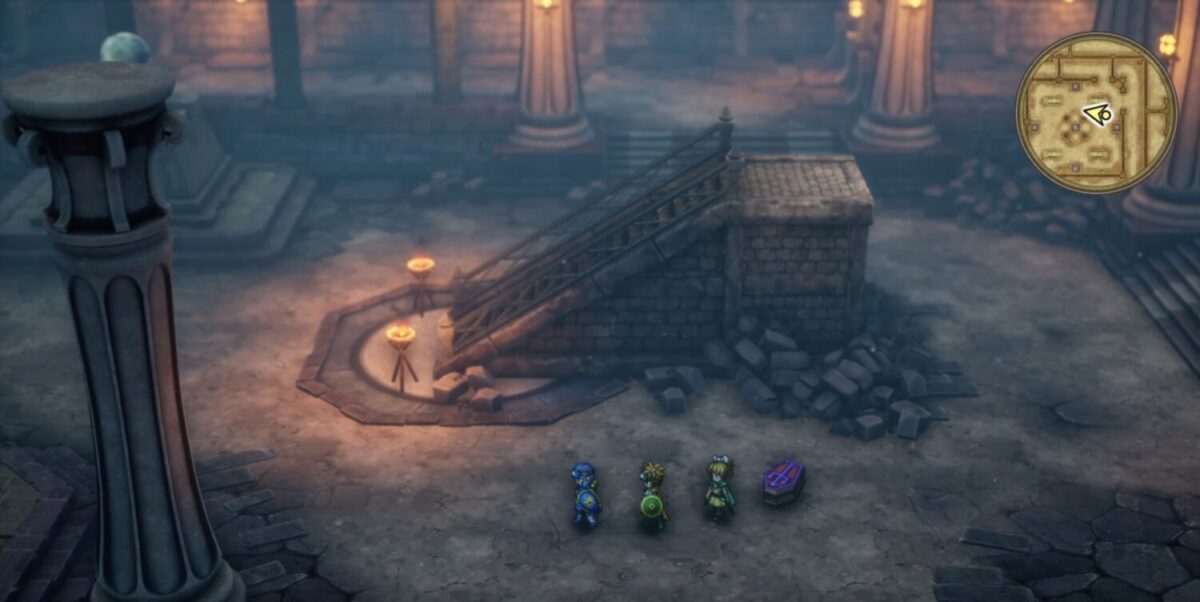
A personal returning favourite is transforming a dead party member into a coffin that the other characters drag around, a rib-tickling sight that turns even more hilarious when going up or down the stairs. Bringing them back to life would require a visit to the priest, just like in the 1986 original, a revival item, or by casting the Zing spell, which, get this, has a failing chance.
Should the enemies prove too challenging, the Tactics combat option sees the AI taking command and performing the most optimal actions based on the selected prioritisation, making it ideal for tough boss fights and learning how to better manage and plan moving forward.
Acknowledging the difficulty of Dragon Quest I, Hayasaka assures that various accessibility and quality of life features have been incorporated based on the team’s learnings from Dragon Quest III HD-2D Remake, including revising the battle balance, displaying the location of treasure chests on the map, listing enemy weaknesses, and more. The technical expertise wasn’t the only takeaway, as the visual influences were also built upon the existing framework, from character action to environmental details.

“I would say the most notable change is the addition of diagonal movement for the pixel sprites. We were unable to include this in the previous Dragon Quest III remake due to development constraints, [although] we had things like character adjustments and such, but we were able to fully implement it this time,” he explains, adding that the surface of the castle walls will produce a mirror effect.
“Especially with the background, the background team leveraged their knowledge that was learned from the previous development process to create something better, so we truly hope that players will pay close attention to them.”
Judging from the game preview, that shouldn’t be a problem at all – between its spirited animation and charming presentation, Dragon Quest I & II HD-2D Remake is shaping up to be the master of the craft.
Dragon Quest I & II HD-2D Remake comes to all major platforms on 30 October 2025.

